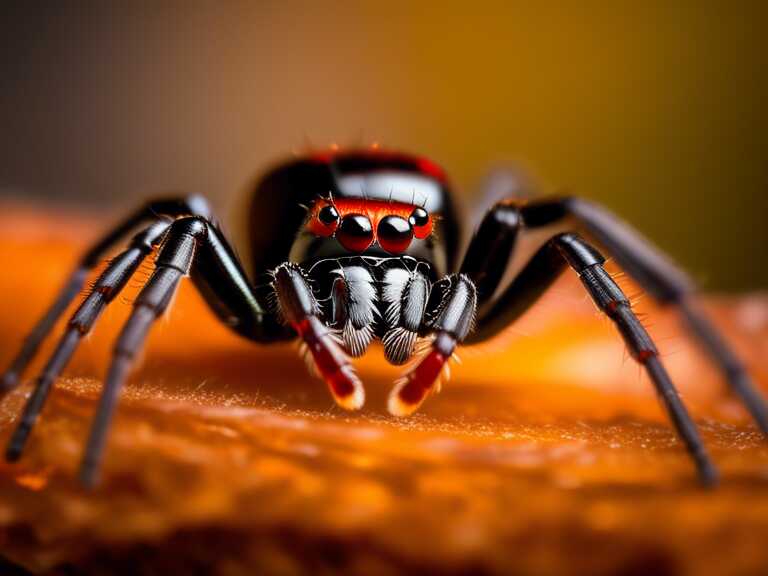
Identifying and Safely Managing Black Widow Spider Infestations in Your Home
Black widow spiders are venomous, identifiable by their hourglass markings. Signs of infestation warrant prompt professional pest control due to their painful bites.

A black widow spider traverses its web, a sight that sparks a mixture of fascination and discomfort in those who encounter it. These notorious and venomous spiders belong to the Latrodectus genus, which encompasses a multitude of species, each characterized by its own distinct habits and traits. One common feature among many black widow spiders is the ominous hourglass-shaped mark found on their abdomen, serving as a cautionary symbol for those who come across them.
Black Widow Spider's Distinct Appearance
The black widow spider is easily identifiable due to its striking appearance, particularly its shiny black or dark brown body and the distinctive red or orange hourglass marking on the abdomen, which, although may vary from one spider to the next, is a common feature among female black widow spiders. Male black widow spiders, on the other hand, are smaller than their female counterparts and may present a range of colors from black, brown to tan, often with banded legs and red or white markings on their abdomen. Additionally, black widow spider webs are generally messy and asymmetrical in appearance, typically situated low to the ground.
Identifying Signs of Infestation
Detecting black widow spiders in your vicinity can be concerning. Signs of an infestation may include the presence of active or abandoned spider webs, the discovery of spiky-looking, silky egg sacs in corners or doorways, and the sighting of the spiders themselves. Their webs tend to be asymmetrical and situated close to the ground, with the egg sacs being spherical in shape, white, off-white or gray in color, typically featuring a small pointed notch at the tip. If you suspect a black widow spider infestation, it's advisable to consult with your local pest control company for prompt treatment and removal services.
Dangerous Encounters
Black widow spiders can pose a threat due to their venomous bites, which, although rarely fatal, can lead to painful symptoms. Female black widow spiders may bite in self-defense, especially after laying eggs. Common symptoms include localized pain and muscle cramps, with young children and the elderly being particularly vulnerable. In the event of a bite, experiencing severe pain and cramping, tightness in the chest, or any signs of severe discomfort within minutes of being bitten warrants immediate medical attention.
Pest Control and Preventative Measures
When dealing with black widow spiders, there are two primary options: enlisting the services of a pest control company or taking DIY measures. If you reside in areas where black widow spiders are prevalent, such as humid regions or the Southeast U.S., it is advisable to seek professional pest control services. Companies like Aptive offer tailored spider control solutions, including comprehensive home inspections and preventative measures.
Fending Off Black Widow Spiders
Regardless of the chosen approach, it's crucial to maintain cleanliness and minimize clutter in your living space, as messy and dusty areas can attract spiders. Regularly vacuuming your home, keeping a close eye on food sources to deter other insects, and even having a vigilant pet can aid in keeping black widow spiders at bay.
Geographical Distribution
Black widow spiders predominantly inhabit the southern half of the U.S., with different species even spotted in all states except Alaska. Warmer climates and diverse ecosystems, such as those found in Florida and California, host multiple species, including the Southern black widow, Northern black widow, and Western black widow, each exhibiting a similar venomous defense behavior.
Share news















